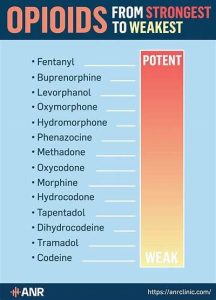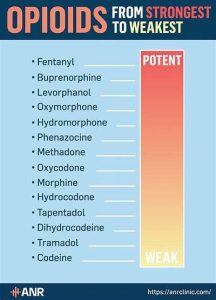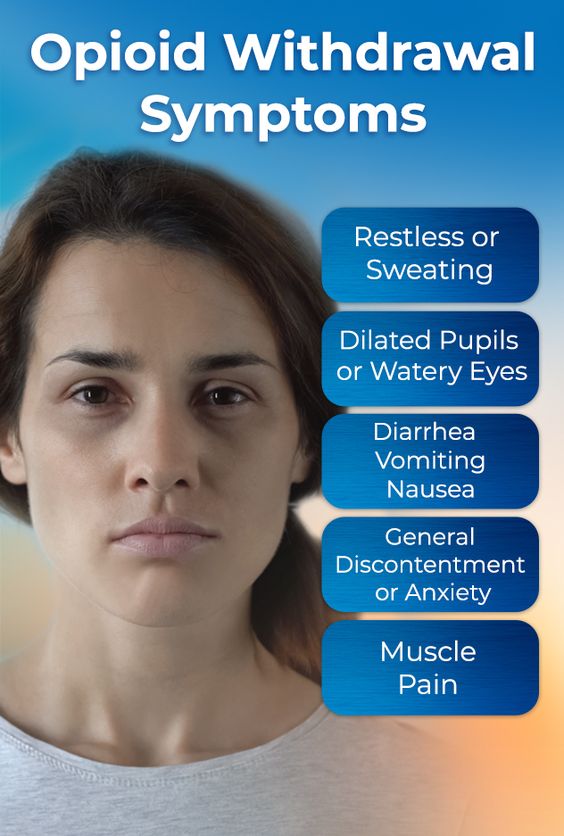A recent study led by Yale University sheds light on the effectiveness of short-term medical management (commonly known as detox) and long-term rehabilitation treatments, excluding continued use of naltrexone or methadone, in preventing overdose deaths in cases of opioid use disorders.
Researchers emphasize the significance of sustained medication therapy for opioid use disorders, advocating for informed utilization of opioid settlement funds specifically designated for addressing this crisis.
Published in the “Journal of Drug and Alcohol Dependence,” the study addresses the impact of the opioid crisis affecting millions of Americans. According to the Centers for Disease Control and Prevention (CDC) data from 2012 to 2021, over 650,000 people in the United States died due to drug overdoses, with opioid-related deaths increasing from 56% to 75%. The annual death toll consistently rose, reflecting a 157% cumulative increase.
Common treatment approaches for opioid use disorders involve medication and abstinence-based plans. Medications like methadone and buprenorphine can prevent severe withdrawal symptoms and cravings, reducing the desire for illicit opioids. Abstinence-based plans include short-term medical detoxification programs and longer, typically month-long, rehabilitation plans.
While previous research compared the effectiveness of these treatment categories in preventing relapse and opioid overdose deaths, they did not compare these options with complete non-treatment.
In this new study, Yale University researchers evaluated how many residents of Connecticut, who died from opioid overdose in 2017, sought medication treatment, abstinence-based treatment, or received no treatment for opioid use disorders in the six months leading to their death. The study also estimated the untreated opioid use disorder prevalence in Connecticut and collected data on residents receiving different treatments during the same period.

The data were provided by the Connecticut Chief Medical Examiner’s Office, the Department of Mental Health and Addiction Services, and the Department of Consumer Protection.
In 2017, Connecticut witnessed 965 accidental or undetermined poisonings involving at least one opioid. Among them, 69 individuals took methadone, 72 took buprenorphine, 71 underwent short-term, non-medication treatment, 26 participated in long-term, non-medication treatment plans, and 711 received no treatment. Some individuals’ treatment exposure remained unclear.
When researchers calculated the fatal overdose risk for each treatment, they found that compared to non-treatment, methadone and buprenorphine reduced the risk by 38% and 34%, respectively.
“However, non-medication treatment increased the risk of death by over 77% compared to no treatment,” said Robert Heimer, the lead author of the study and a professor of epidemiology at the Yale School of Public Health. “There is substantial evidence that medication-based treatment is superior to abstinence-based treatment. Now we can also say that patients undergoing abstinence-based treatment fare worse than those not treated at all.”
Heimer suggested that abstinence-based treatment may lead to more fatal overdoses because individuals lose tolerance to opioids throughout the treatment, making them more susceptible to overdose if they relapse.
On the other hand, buprenorphine and methadone act on receptors in the body similarly to opioids like heroin and fentanyl. If a person is taking either medication and relapses, their tolerance to opioids remains intact, significantly reducing the risk of overdose.

“Access to medication can save lives, and treatment without medication is actually harmful. We need to clearly convey this message to individuals with opioid use disorders and the community at large,” said Gail D’Onofrio, co-author of the study and the Albert E. Kent Professor of Emergency Medicine at the Yale School of Medicine.
Over the next 18 years, Connecticut is set to receive $600 million in opioid settlement funds from pharmaceutical companies producing opioids, wholesalers distributing opioids, and chain pharmacies selling opioids to patients. Heimer emphasized that the allocation of these funds should align with their current research results, supporting the superiority of methadone and buprenorphine over abstinence-based care.
“We can decide how to use and allocate the funds based on what people want or evidence shows people need,” Heimer stated.
Many individuals, including those with opioid use disorders, may prefer abstinence-based treatment, reflecting the stigma associated with opioid use. Terms like “clean” or “recovery” can stigmatize the use of validated medications, hindering the willingness to undergo effective treatment.
“I think ‘recovery’ is what you do for an acute event like having the flu or breaking your leg,” Heimer remarked. “I prefer ‘remission,’ which is a better way to consider any chronic illness, including substance use disorders. If you successfully manage the condition, you are in remission. If you don’t, you have relapsed or recurred. Methadone and buprenorphine reduce the risk of opioid overdose relapse and death.”
He added that prioritizing medication initiation for those struggling with opioid use problems is crucial to achieving remission and saving lives.
